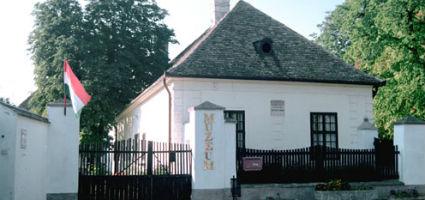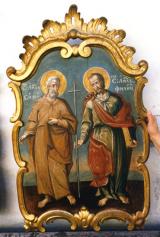2025. November 16. Sunday
Kisfaludy Memorial House - Sümeg
 |
Address: 8330, Sümeg Kisfaludy tér 2.
Phone number: (70) 466-4036
E-mail: kisfaludyemlekhaz@gmail.com
Opening hours: 01.05-30.09.: Tue-Sun 10-18
01.10-30.04.: Mon-Fri 8-16 |
